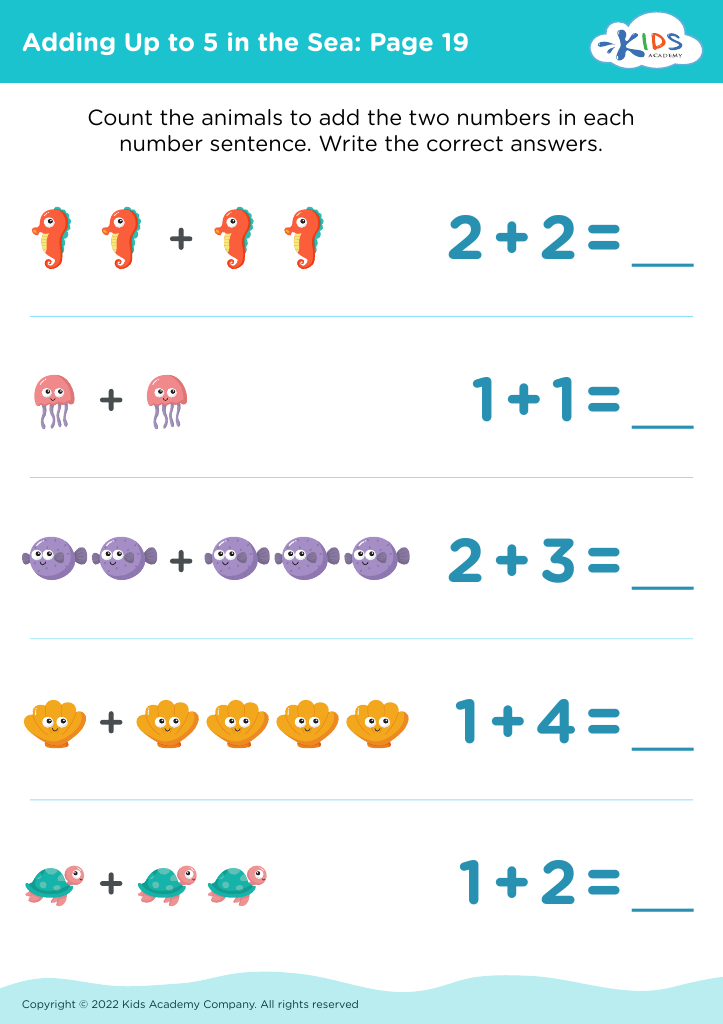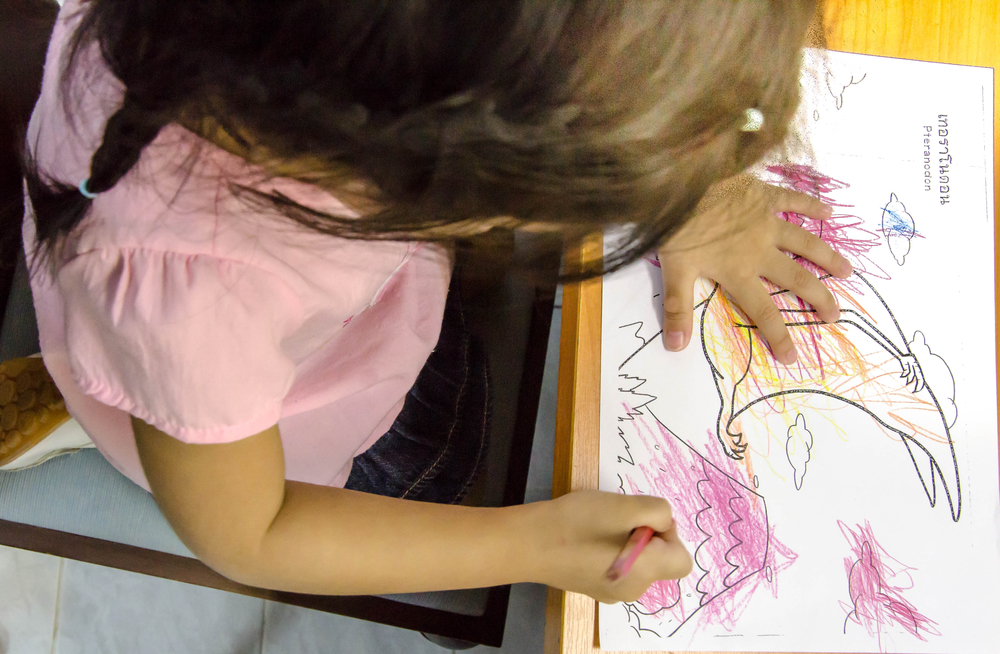Understanding Sequences Worksheets for 5-Year-Olds
10 filtered results
-
From - To
Discover the excitement of learning with our "Understanding Sequences Worksheets for 5-Year-Olds" at Kids Academy. Designed to foster early cognitive development, these engaging worksheets help young minds grasp the concept of sequences through fun, age-appropriate activities. Your child will love the colorful illustrations and interactive exercises that enhance critical thinking and pattern recognition skills. Perfect for home or classroom use, our worksheets provide a solid foundation in essential learning skills, setting the stage for future academic success. Download now and make learning sequences enjoyable and educational for your little one!
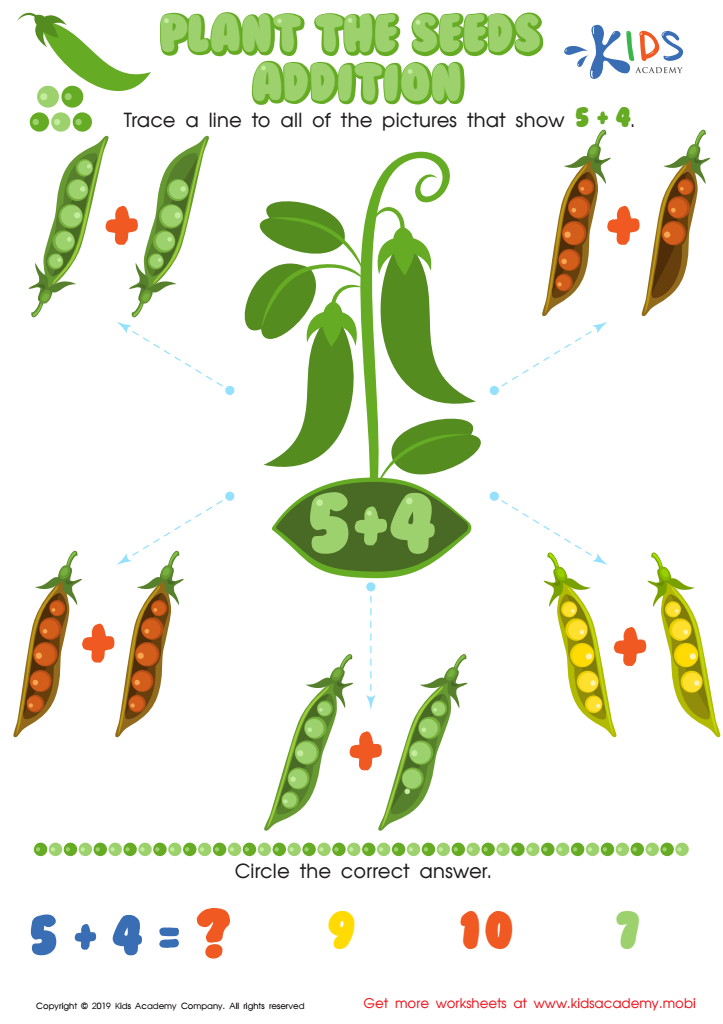

Plant the Seeds Addition Worksheet
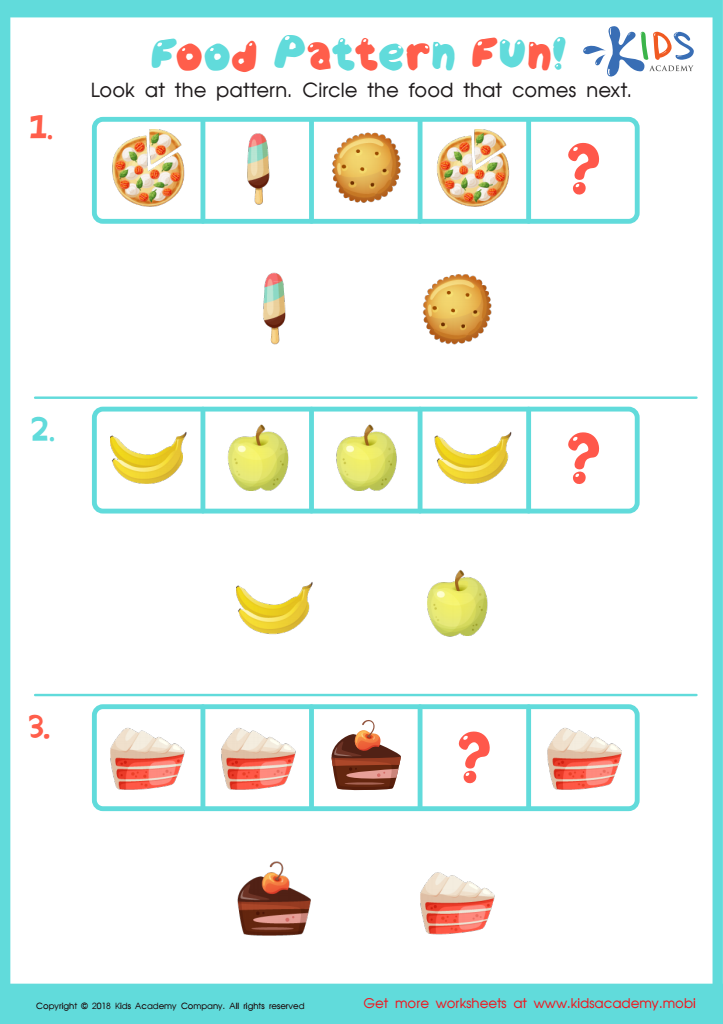

Food Pattern Fun Worksheet
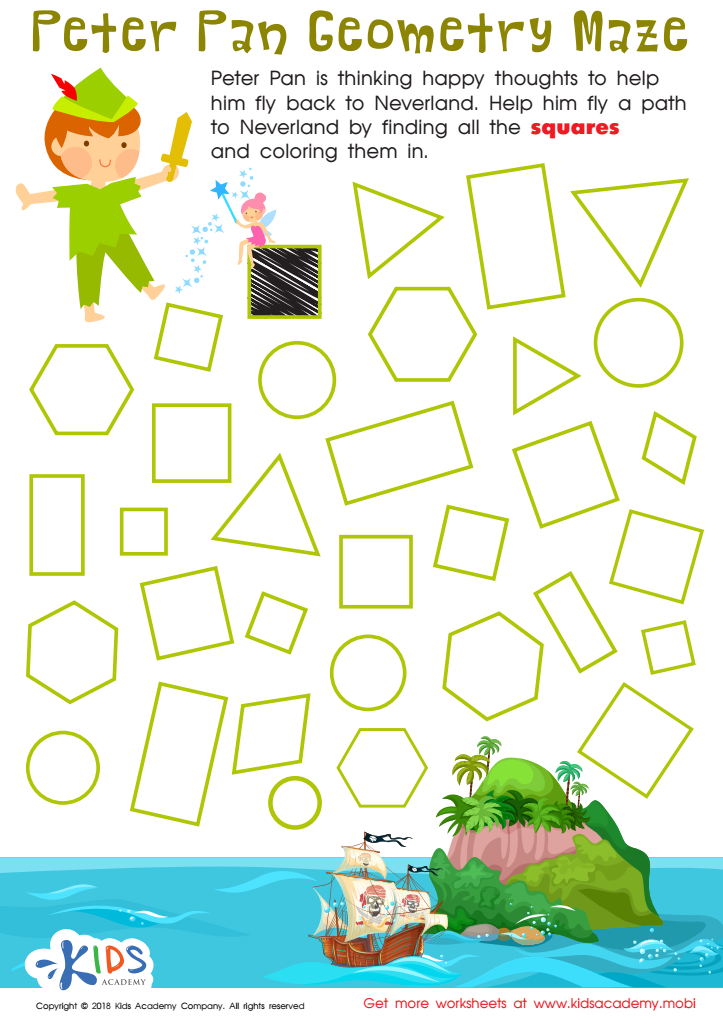

Peter Pan Worksheet
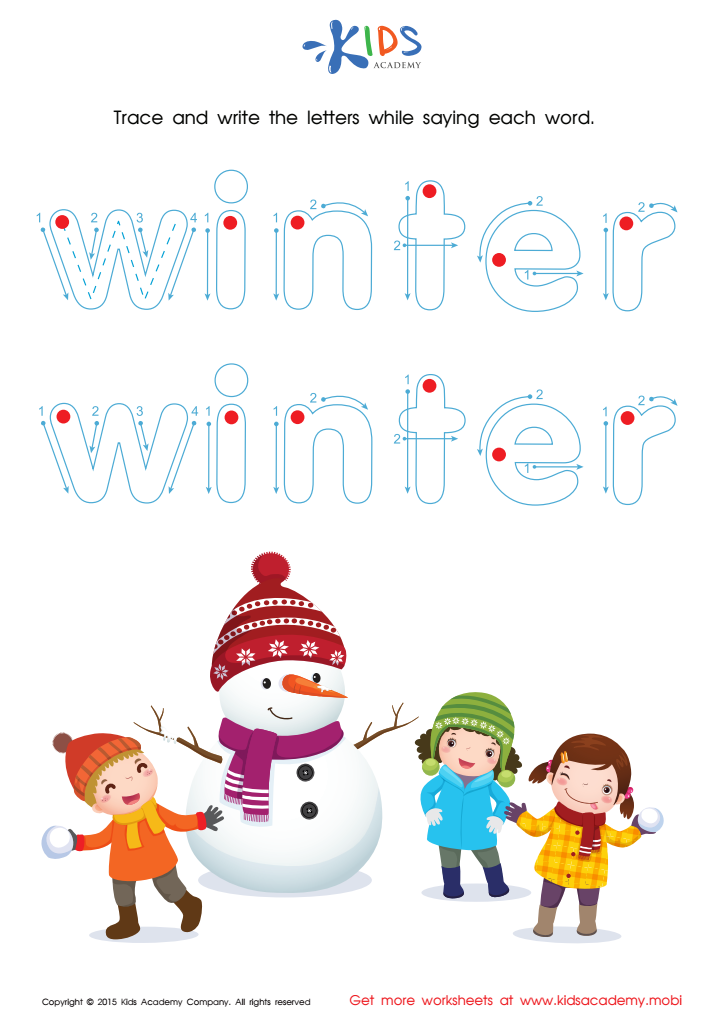

Snowman Tracing Winter Words Worksheet
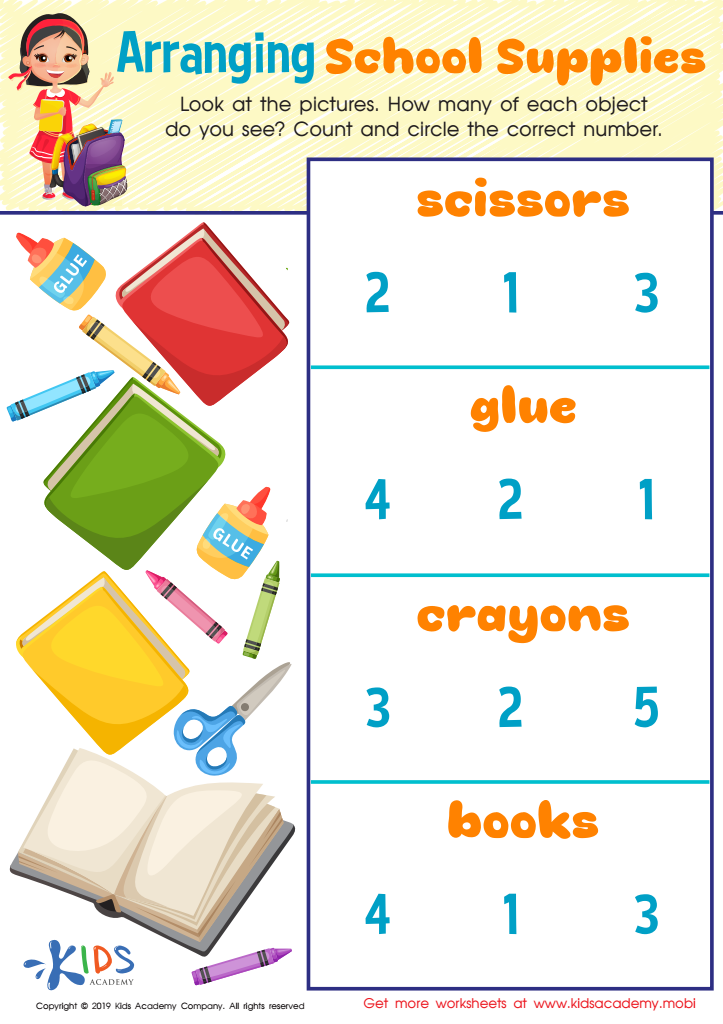

Arranging School Supplies Worksheet


Using Number Sentences to Solve Problems Worksheet
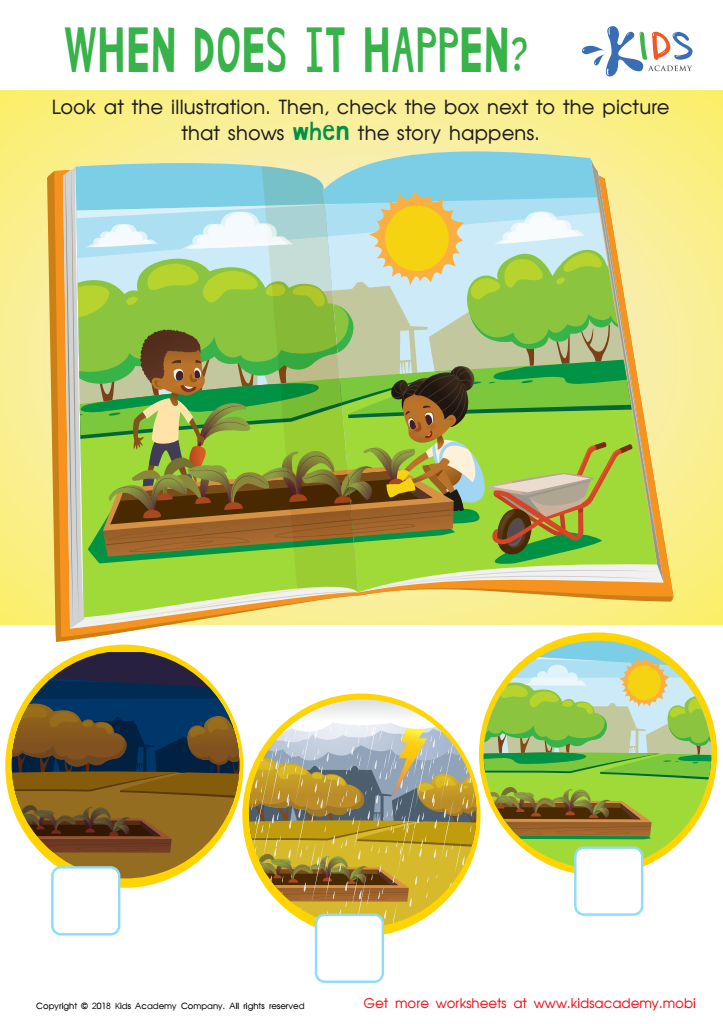

When Does It Happen? Worksheet
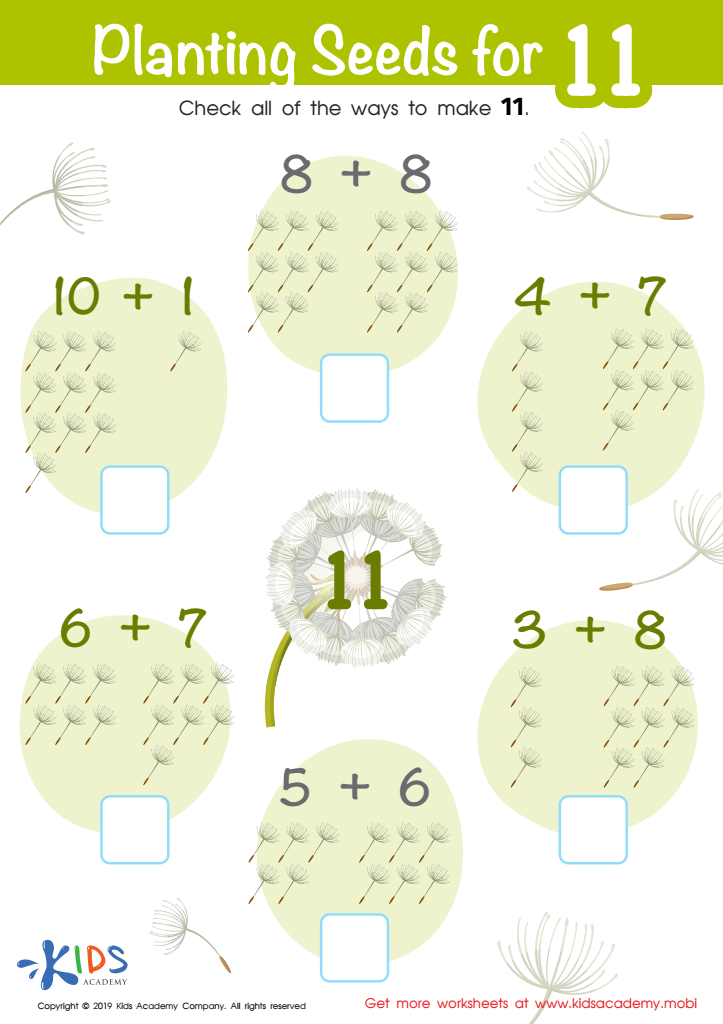

Planting Seeds for 11 Worksheet
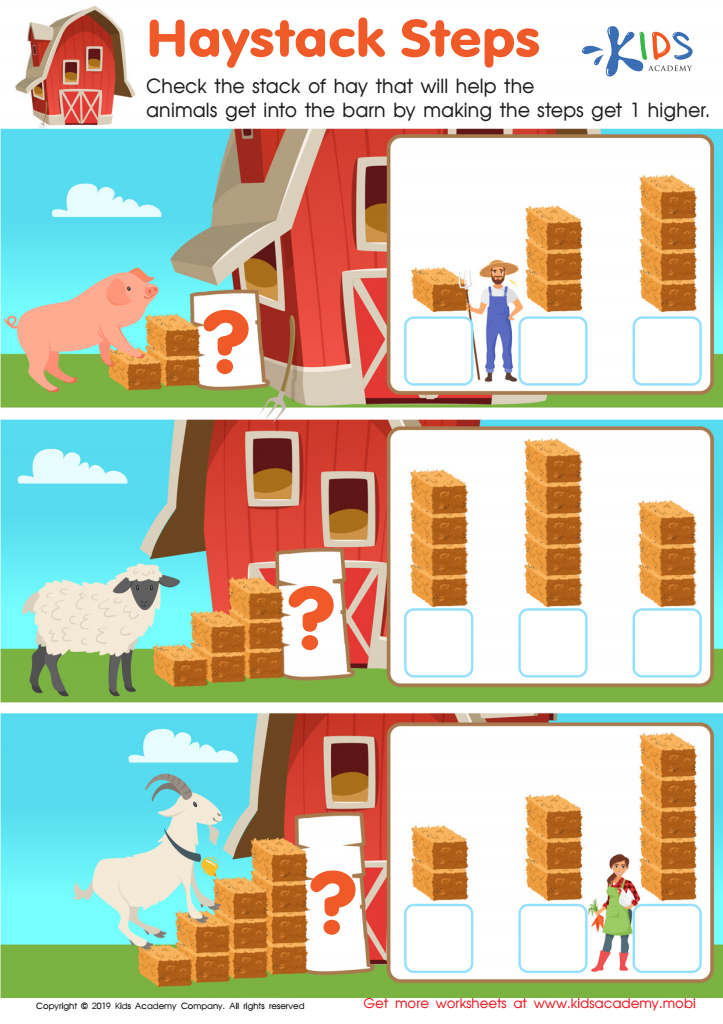

Haystack Steps Worksheet
Understanding sequences is crucial for 5-year-olds as it lays the foundation for numerous cognitive skills and academic disciplines. First, it sharpens logical thinking, enabling children to recognize patterns and predict what comes next. This not only aids in problem-solving but also strengthens mathematical abilities, essential for future learning in numeracy and algebra. Discussing sequences cultivates a child's ability to anticipate and plan, which are key components of executive functioning.
Furthermore, sequences play a vital role in literacy development. Understanding the order in events within stories helps children enhance their comprehension and narrative skills. When kids grasp the concept of beginning, middle, and end, their storytelling and writing abilities improve. This pattern recognition extends beyond academics; in daily life, understanding sequences helps in following routines and instructions, fostering independence and responsibility.
For teachers and parents, engaging 5-year-olds with sequences can be an enjoyable process involving songs, stories, and visual aids, making learning Both interactive and fun. Overall, focusing on sequences supports holistic development—cognitive, linguistic, and social-emotional—preparing children for more complex concepts and challenges. Thus, understanding sequences during early childhood is a crucial investment in a child’s holistic educational journey.

 Assign to the classroom
Assign to the classroom
